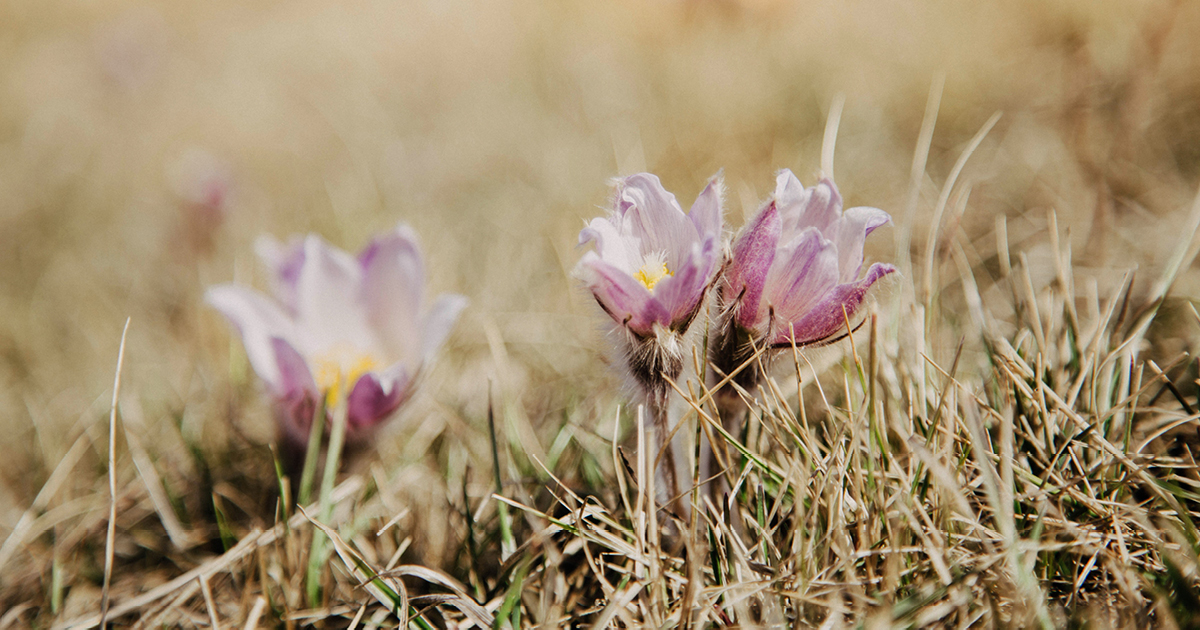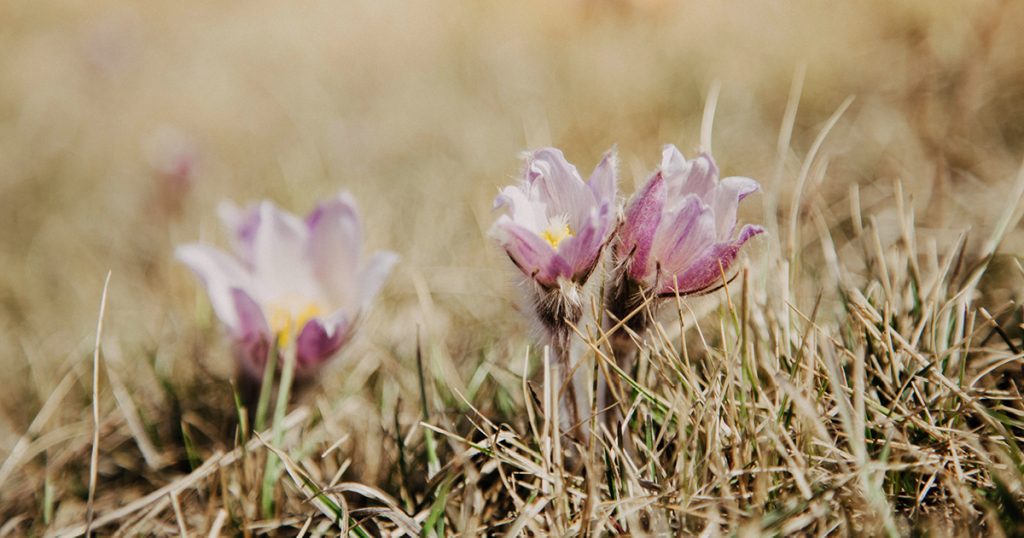AB Direct - Steers
Rail: 492.00-493.50 FOB feedlot (last week)
AB Direct - Heifers
Rail: 492.00-493.50 FOB feedlot (last week)
US Trade- Steers
Rail: 355.00-363.00 (IA, NE) last week
US Trade - Heifers
Rail: 355.00-363.00 (IA, NE) last week
Canadian Dollar
0.19

Latin labeling and the prairie crocus re-brand
Thanks to one observant reader, we did some digging on the prairie crocus
In the May issue of ABP Magazine, our centre-fold featured an incredible photo of a prairie crocus beside an evocative description and its Latin name (or so we thought).

Anemone patens
Early settlers called this native Anemone the prairie crocus. This resilient perennial is not actually a crocus, but rather hails from the buttercup family. Also known as ‘windflowers’ because they are believed to blossom only when the winds blow in springtime, the prairie crocus is a cherished symbol of spring – thriving in grazing pastures and speckling the landscape of calving pastures across Alberta’s prairies, bringing a symbol of renewal and rebirth to ranchers, as winter loosens its grasp on the land.
Photo: Christian Heckle Prairie Rose Photography
It turns out our label was slightly outdated.
After receiving the magazine in their mailbox, one observant reader reached out to let us know that the flower pictured is no longer referred to as Anemone patens.
According to senior scientists at Alberta Environment and Parks, prairie crocus (or prairie pasqueflower), is now referred to by most botanists as Pulsatilla nuttalliana instead of Anemone patens (though they be considered synonyms).
The debate around its naming, they say, comes from a mixture of confusion and lack of consensus on what is included in its group.
Scientific name changes happen fairly regularly, particularly as advancements in molecular research lead to better understandings of the relationships between organisms. And for people outside of the naming realm, it can be tough to keep up.
Our thanks to that observant reader, for the learning opportunity, and the feedback!
You can see more of the prairie crocus’ common names, and the distribution of Pulsatilla nuttalliana in Canada, on Canadensys.


